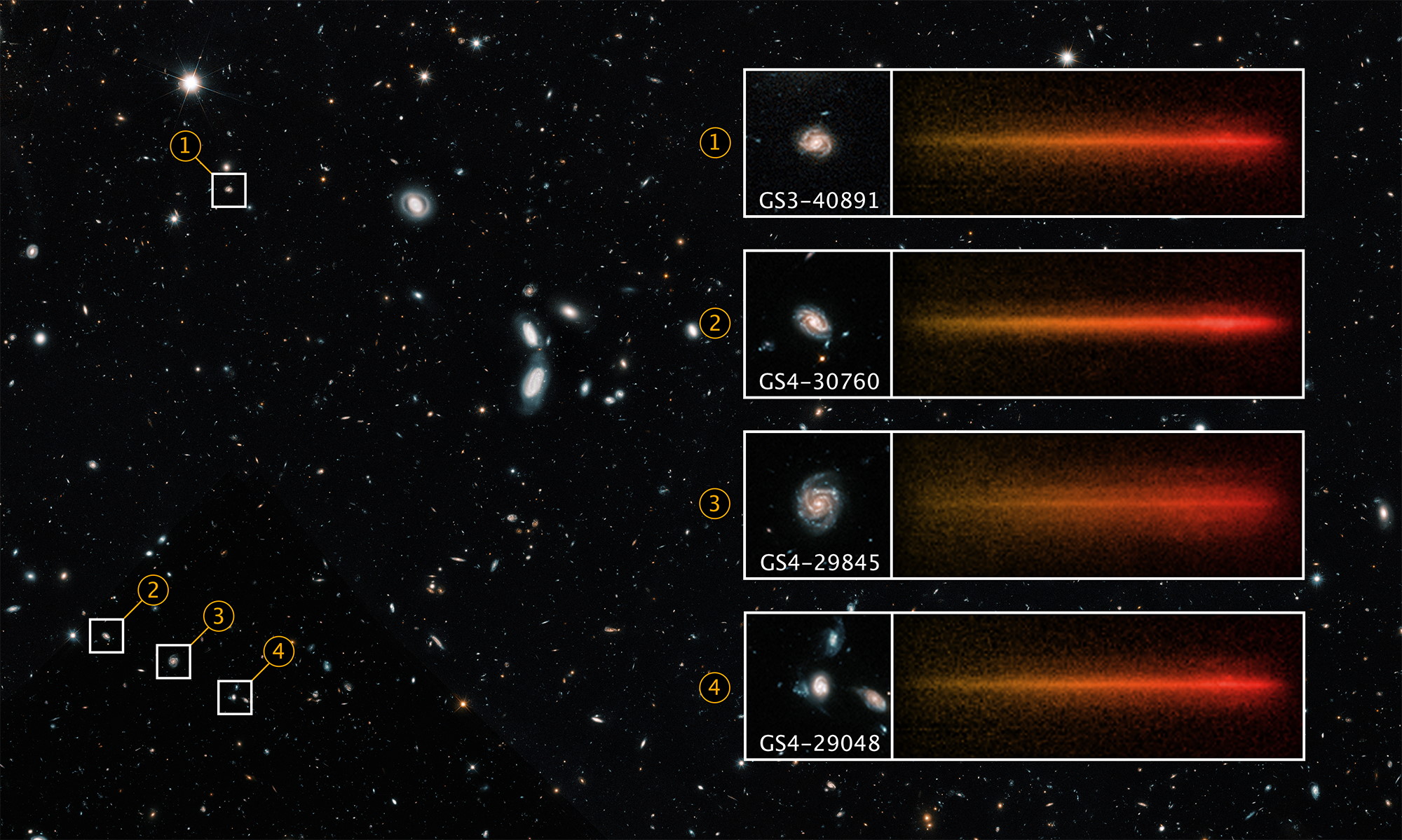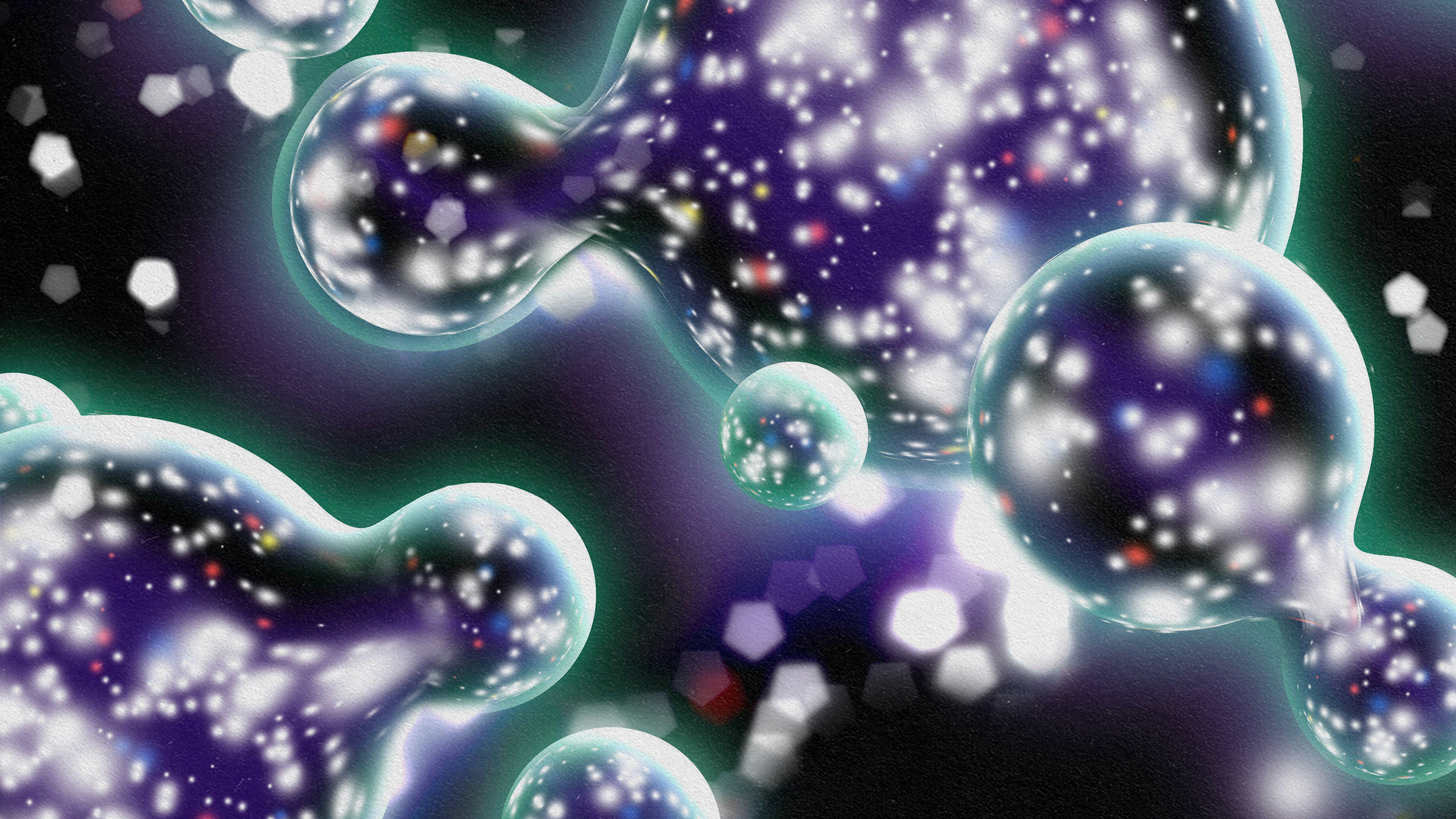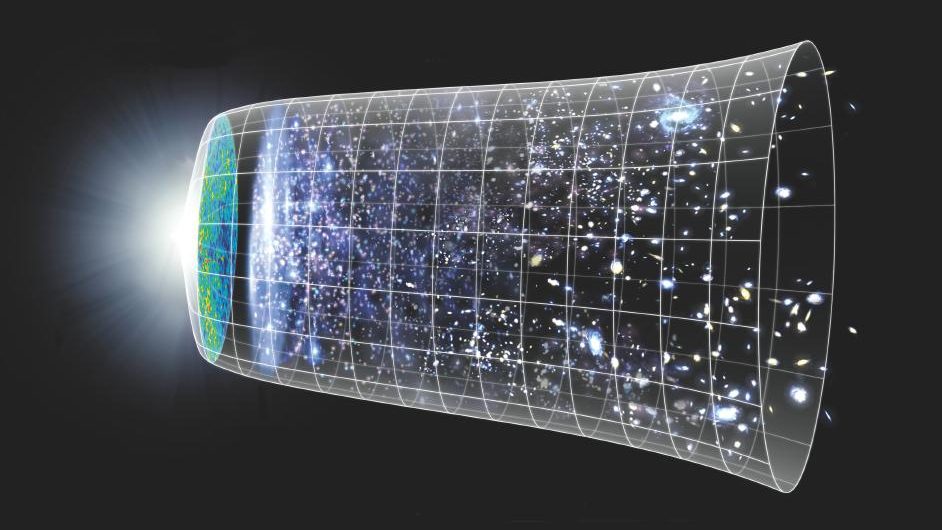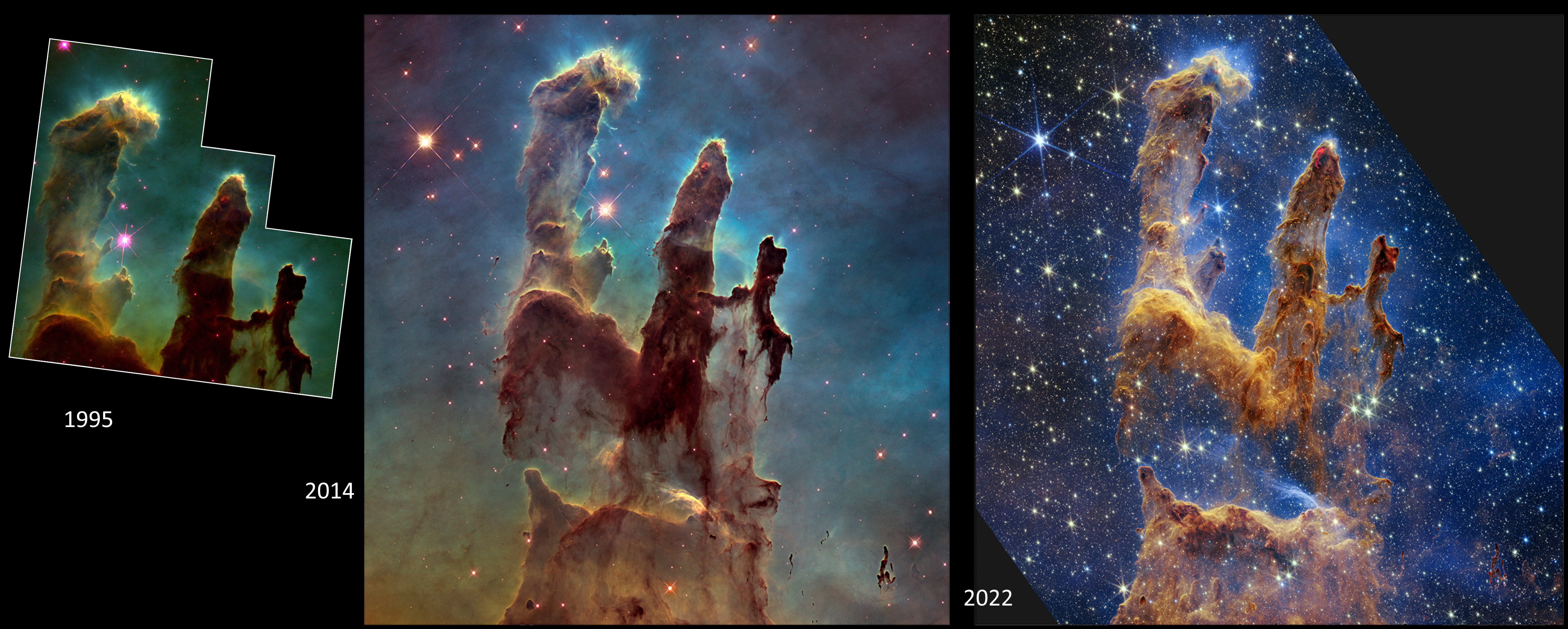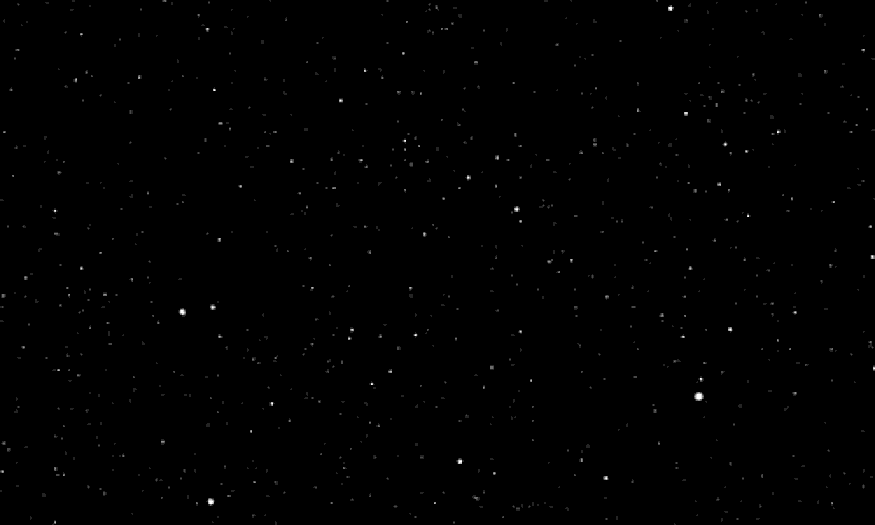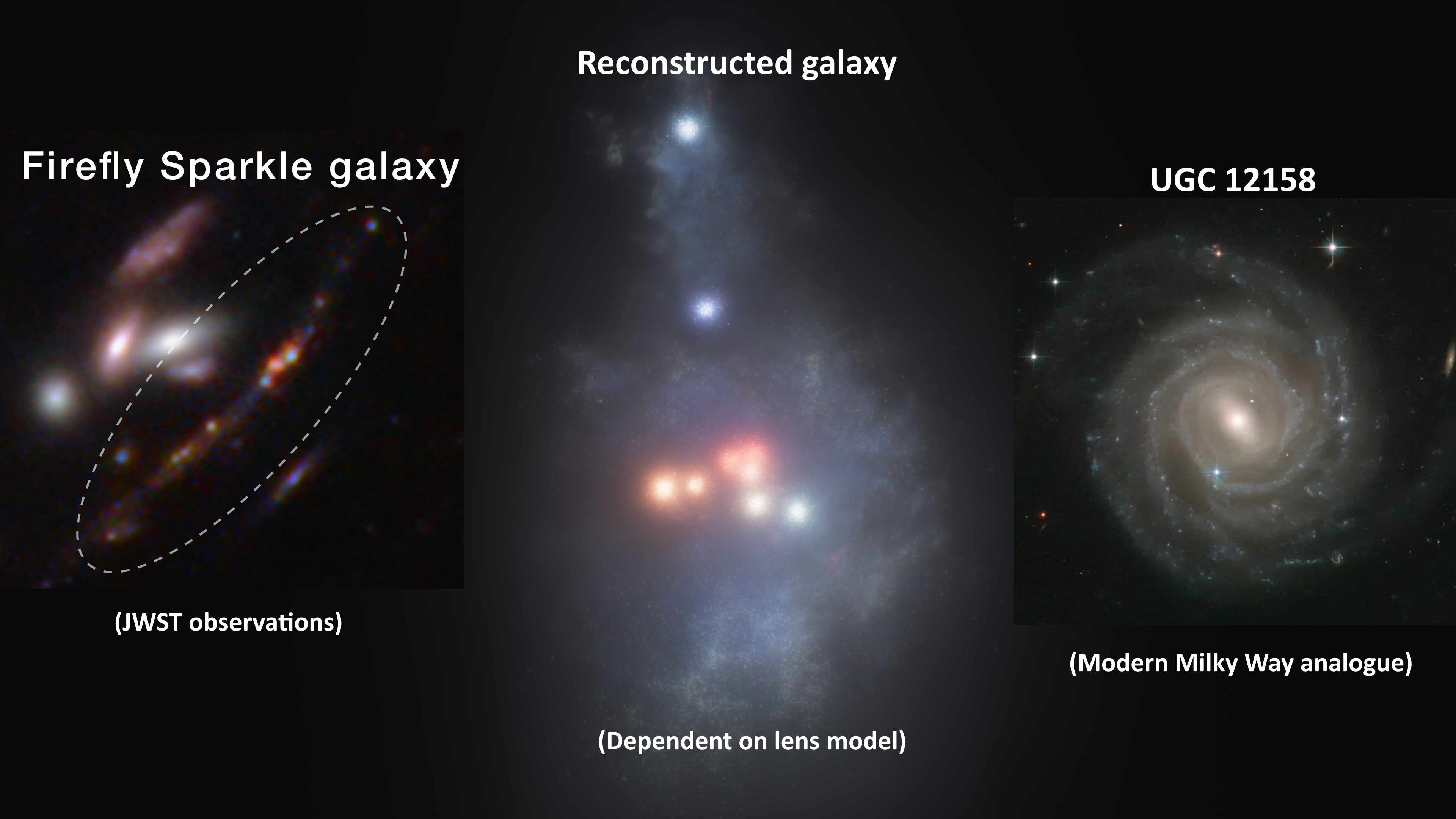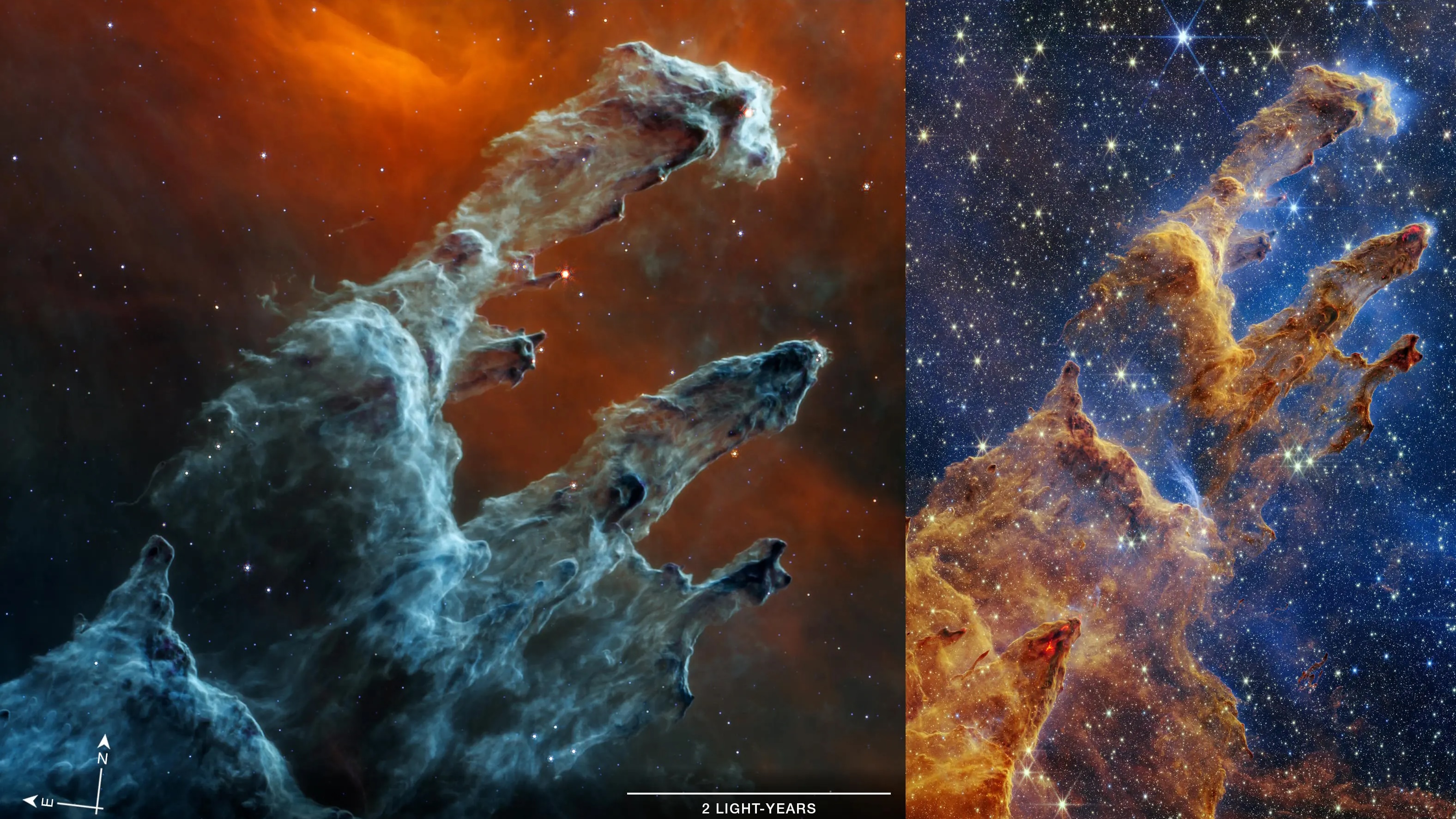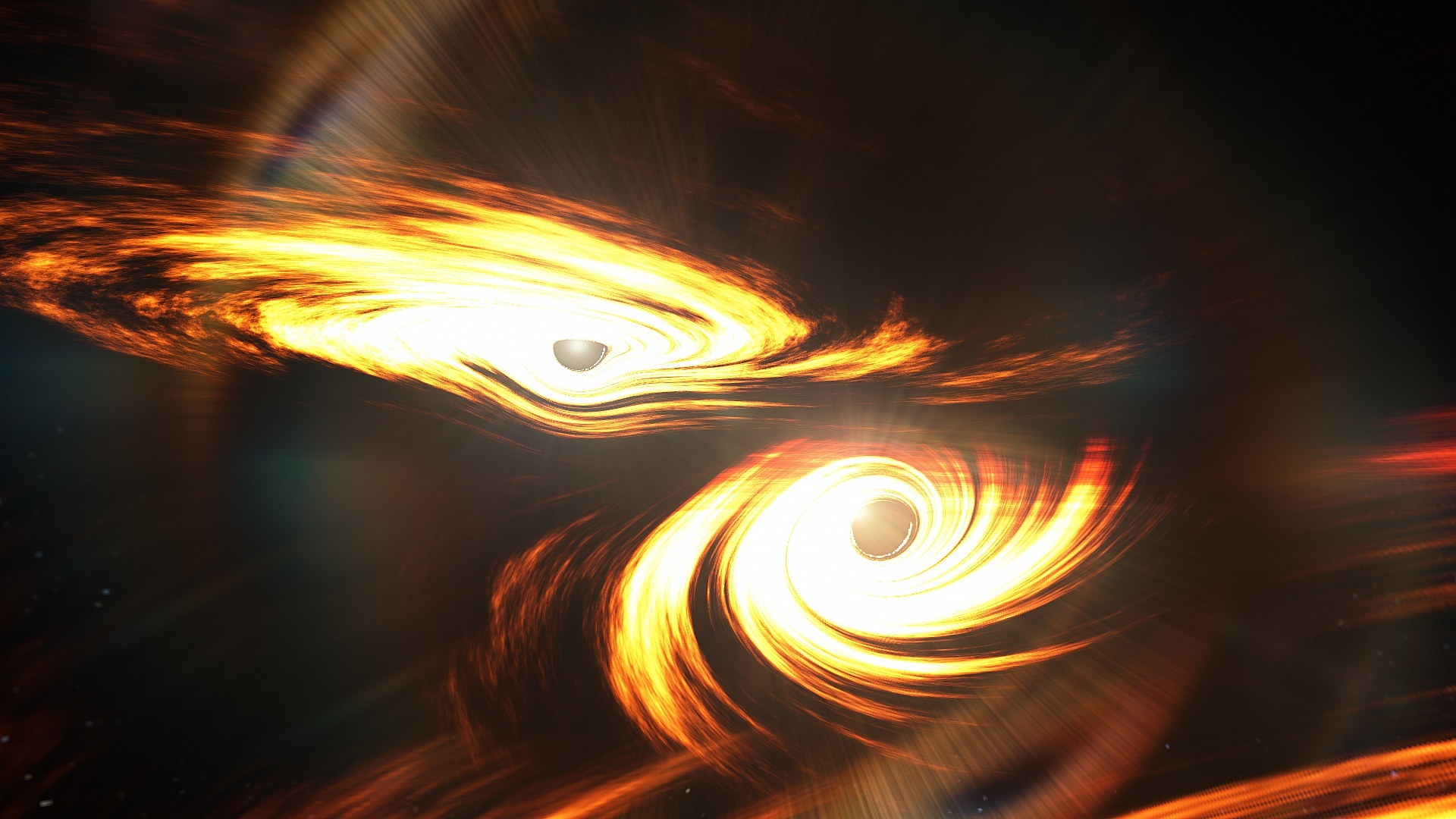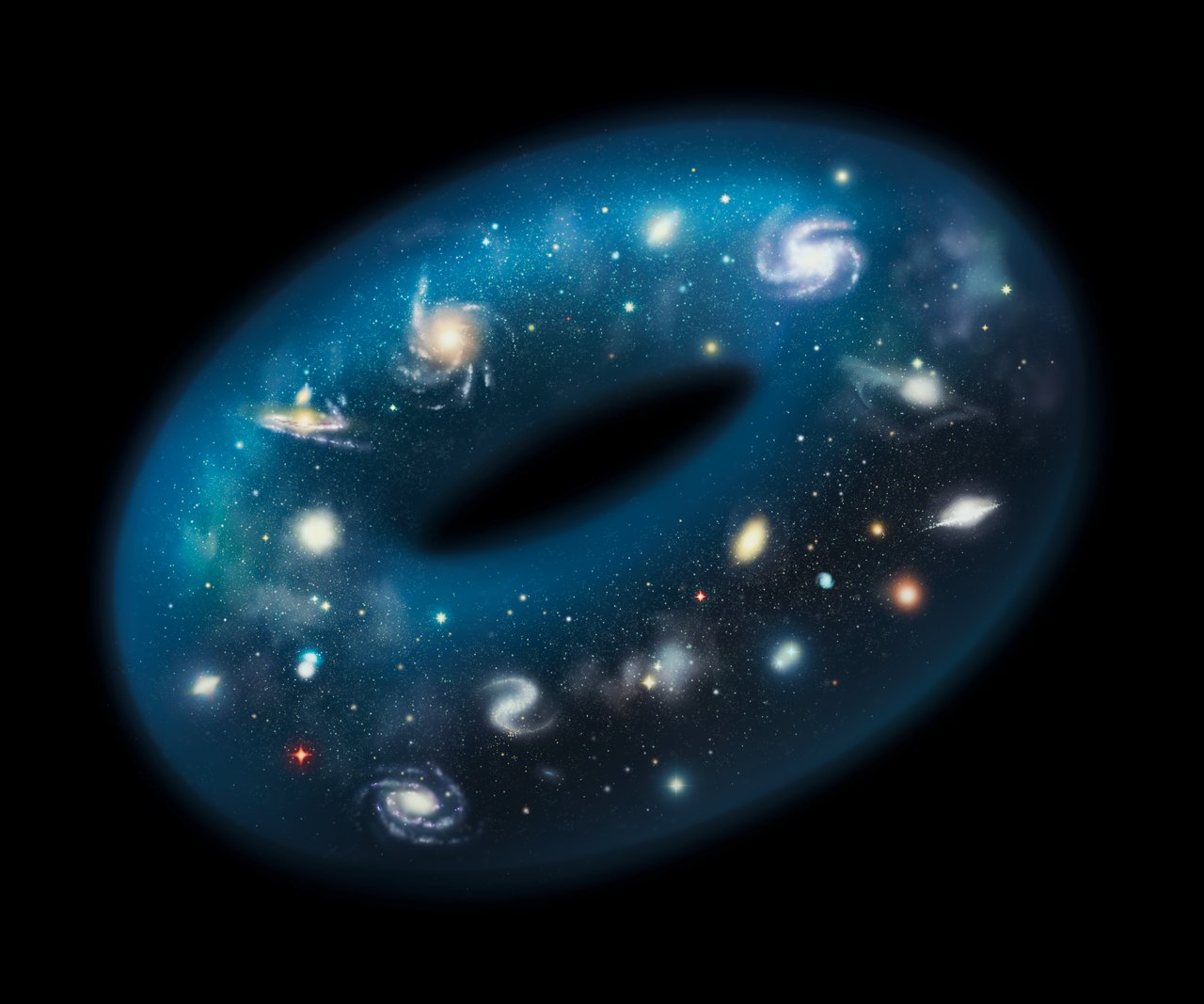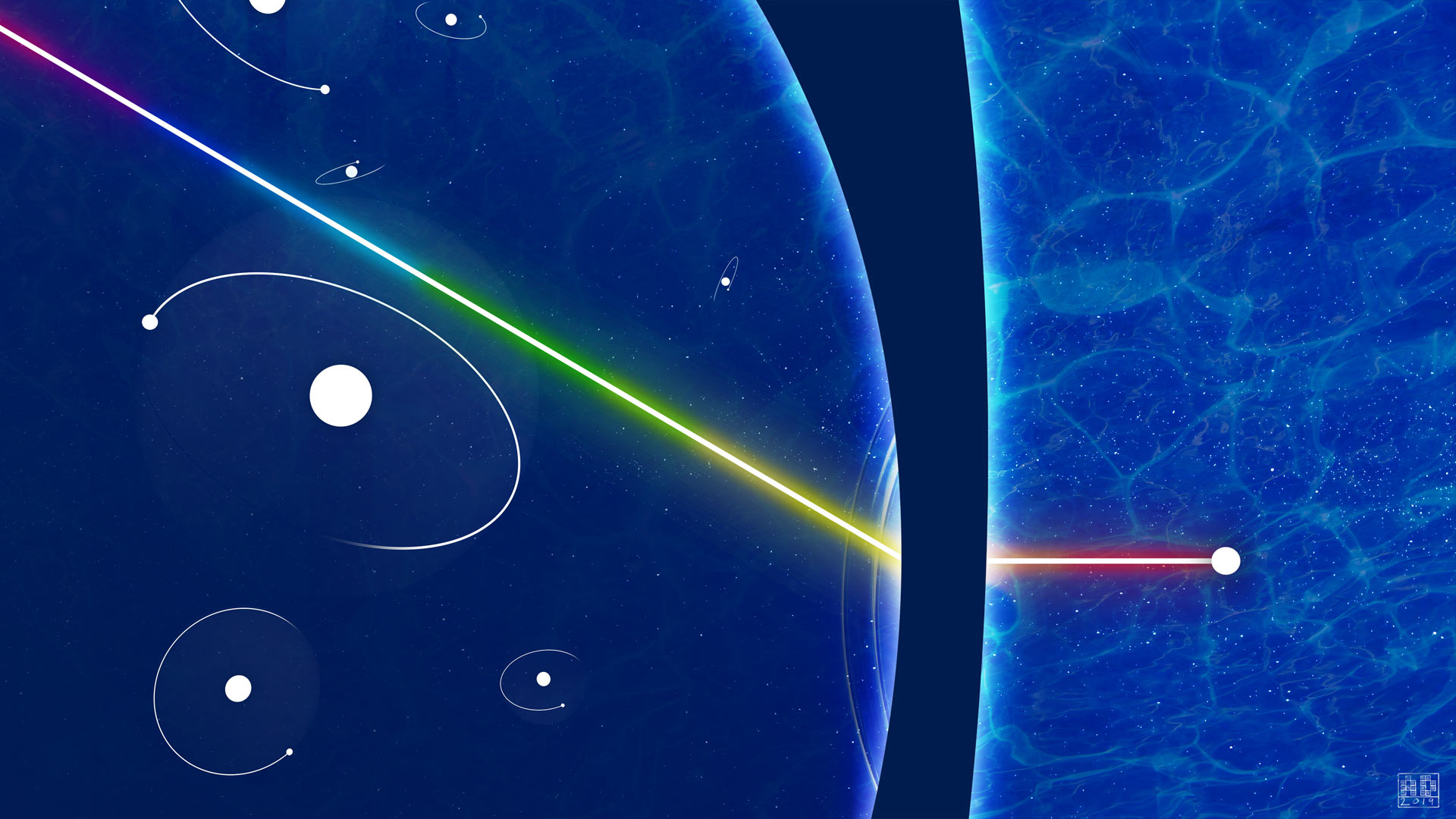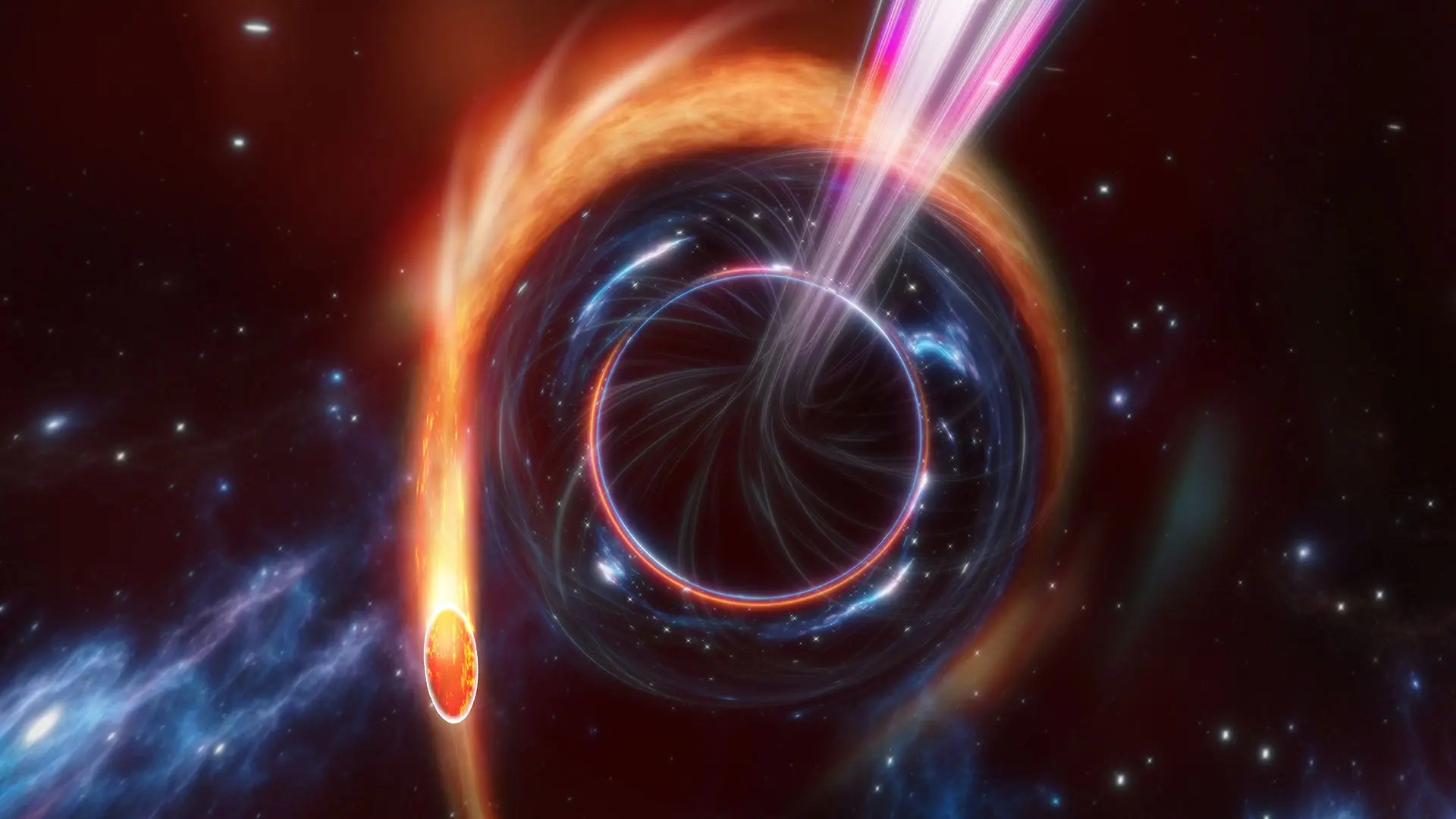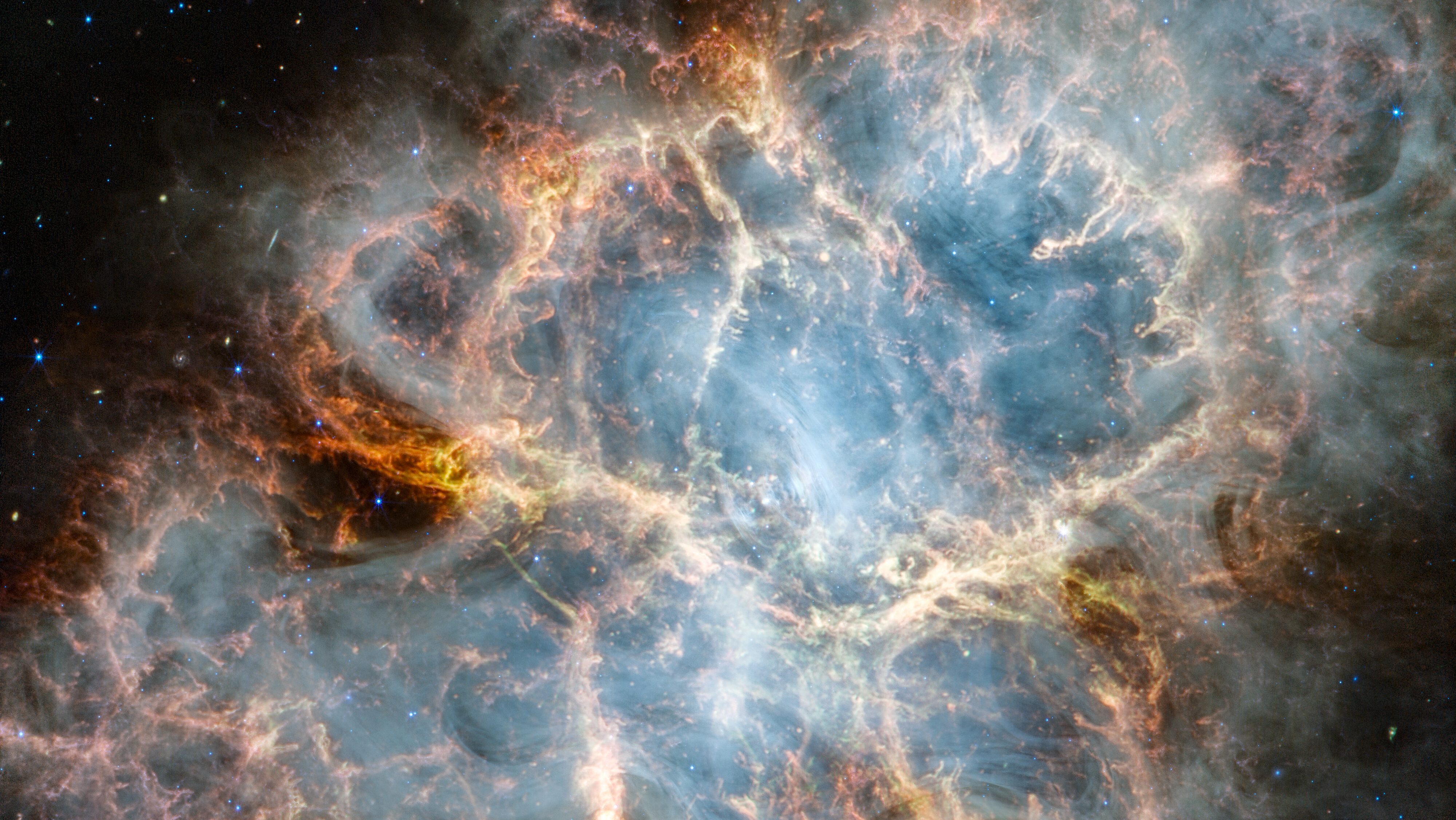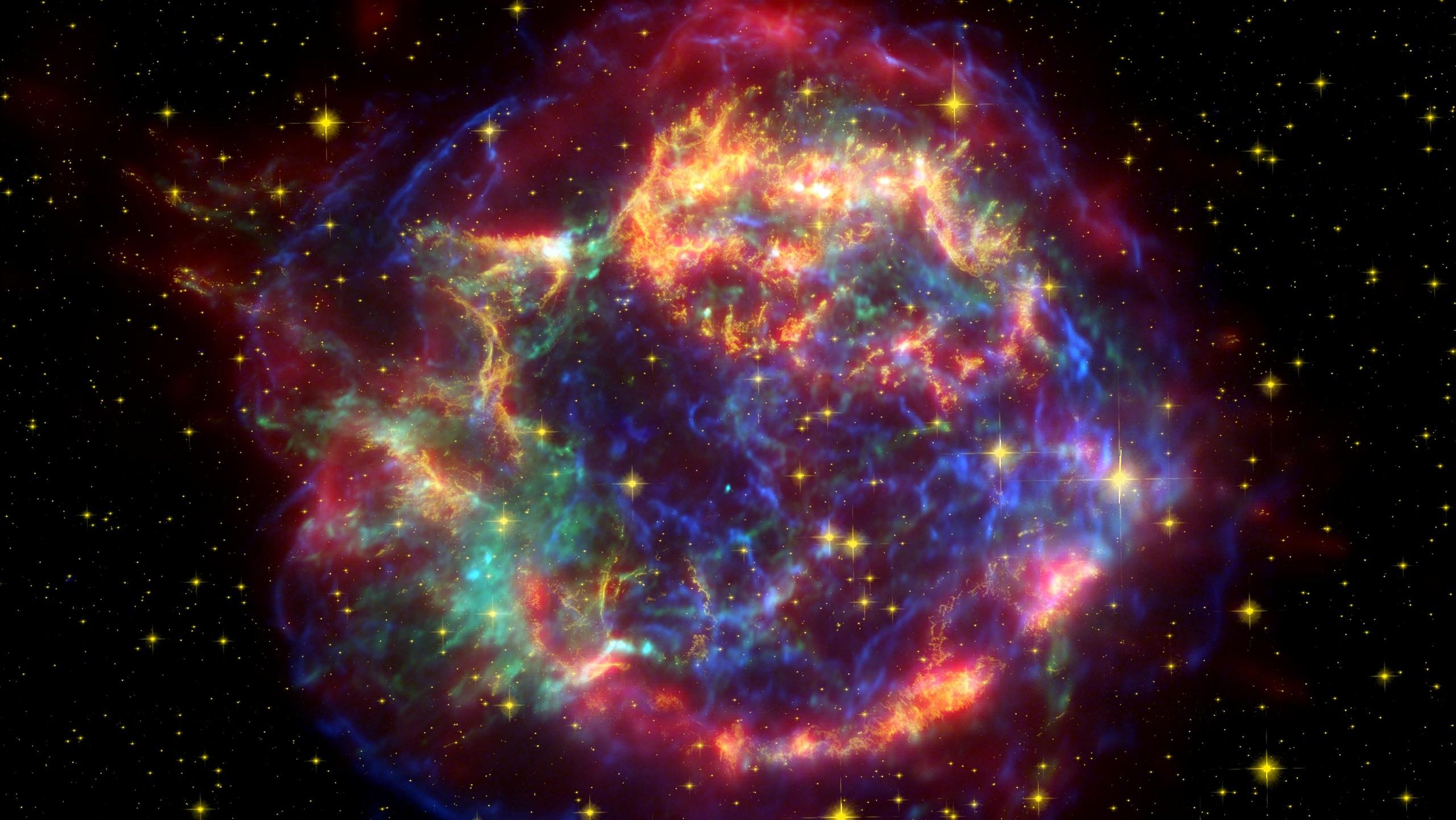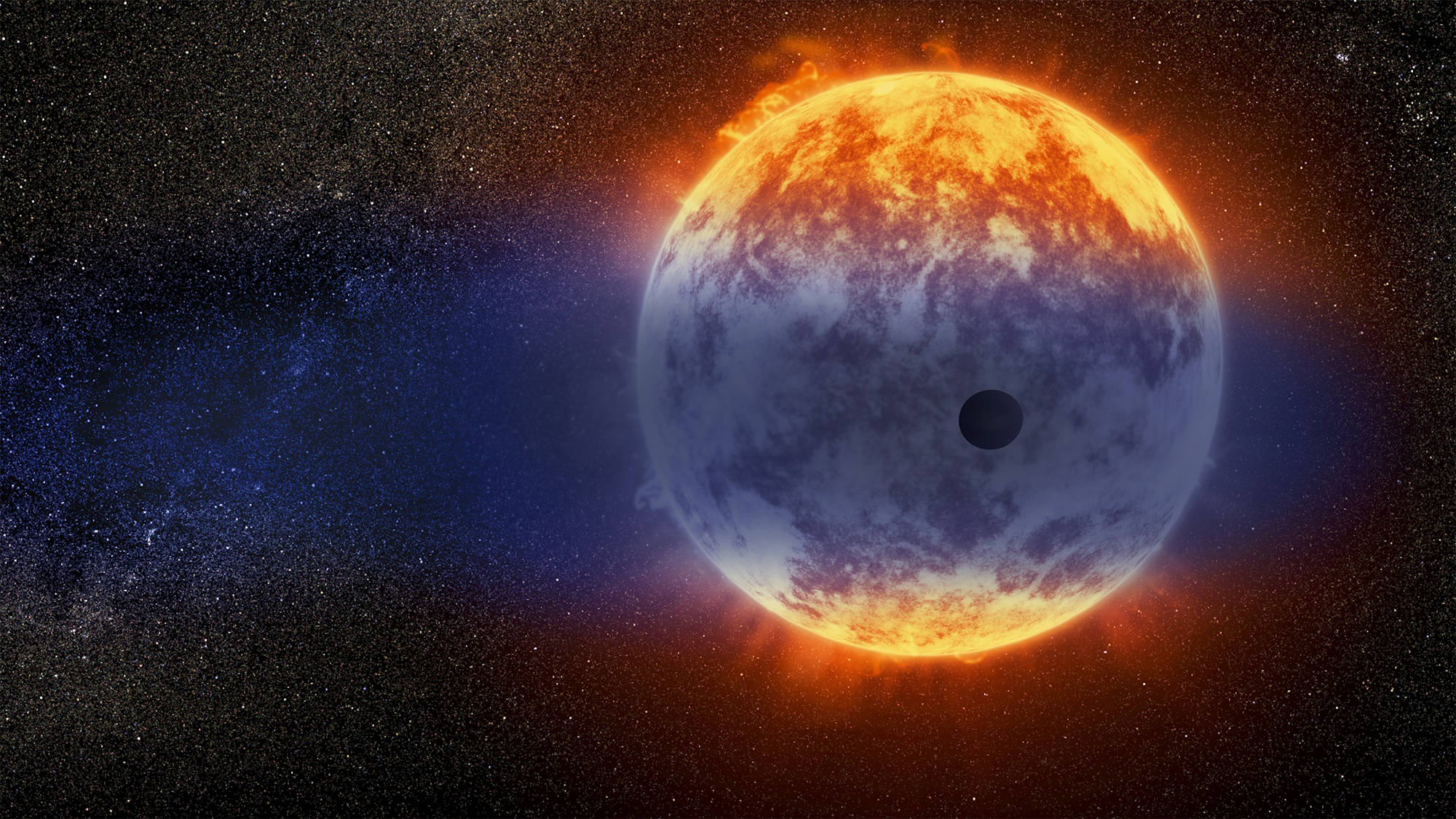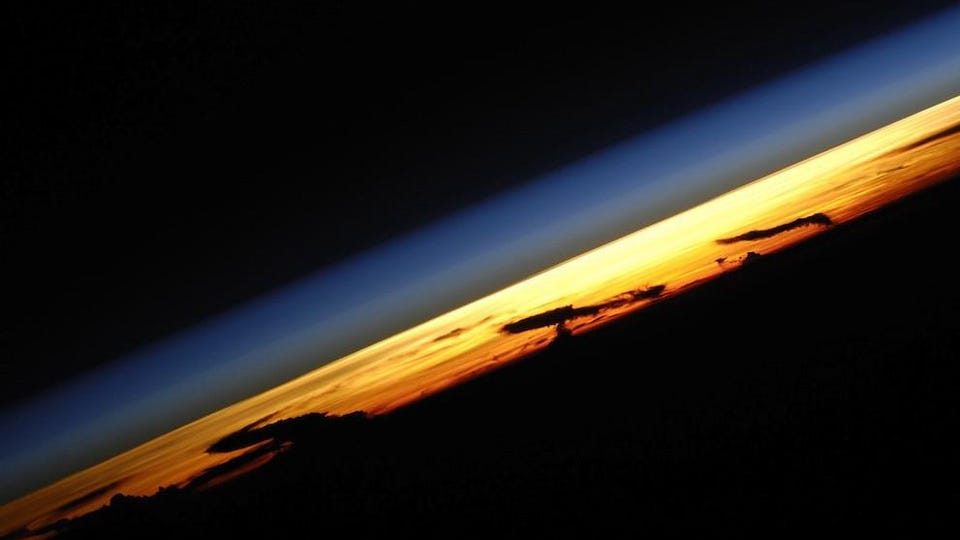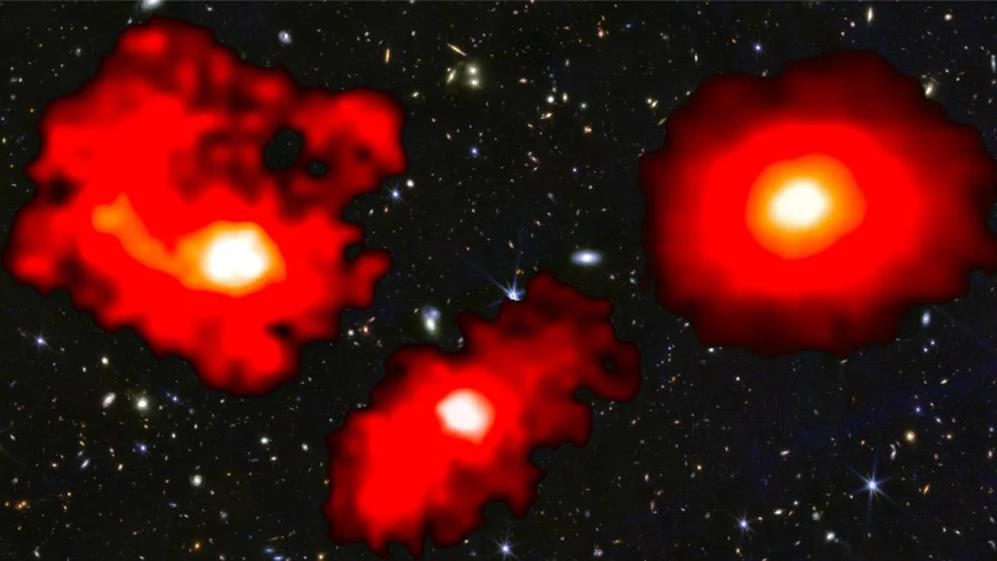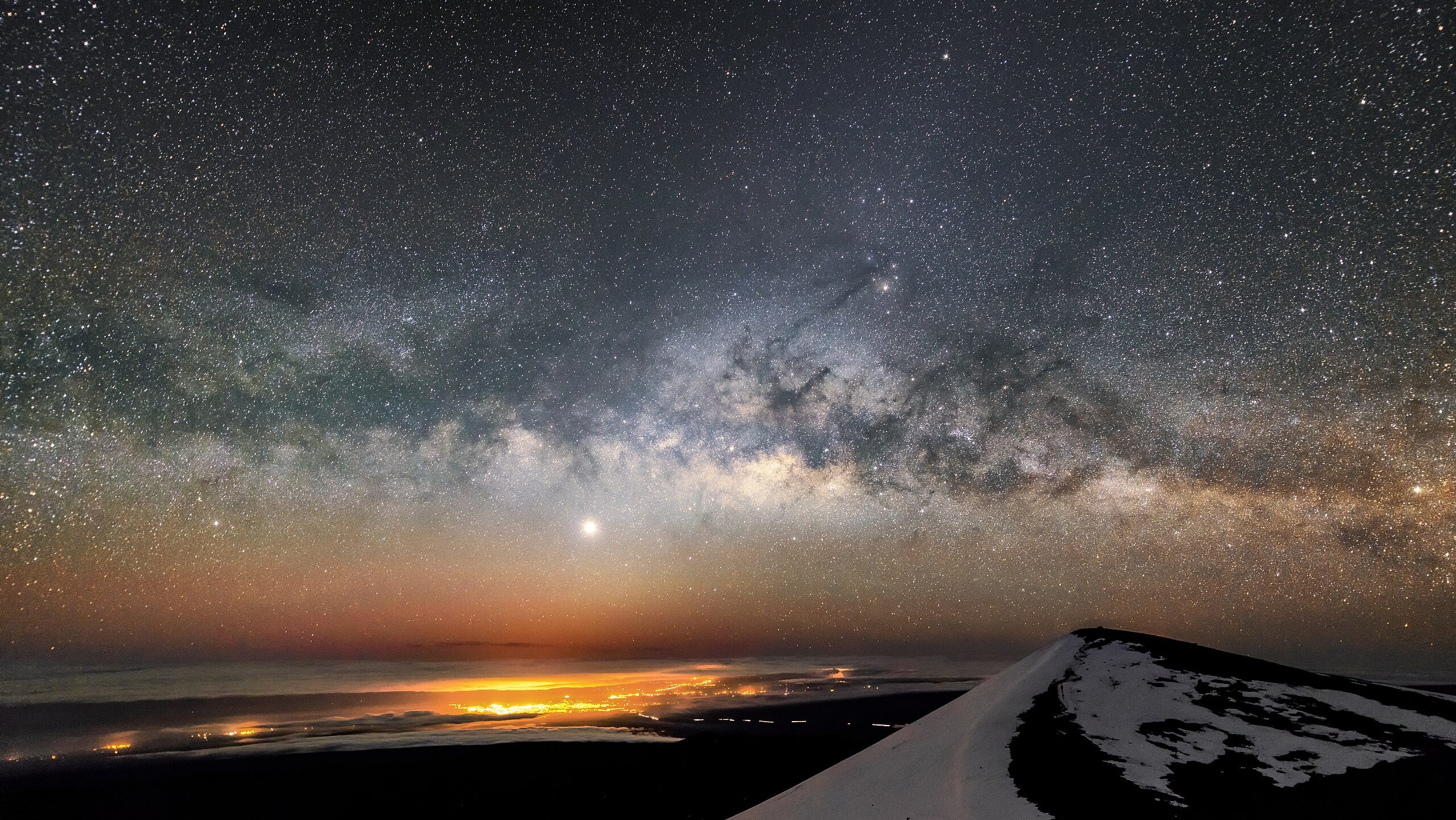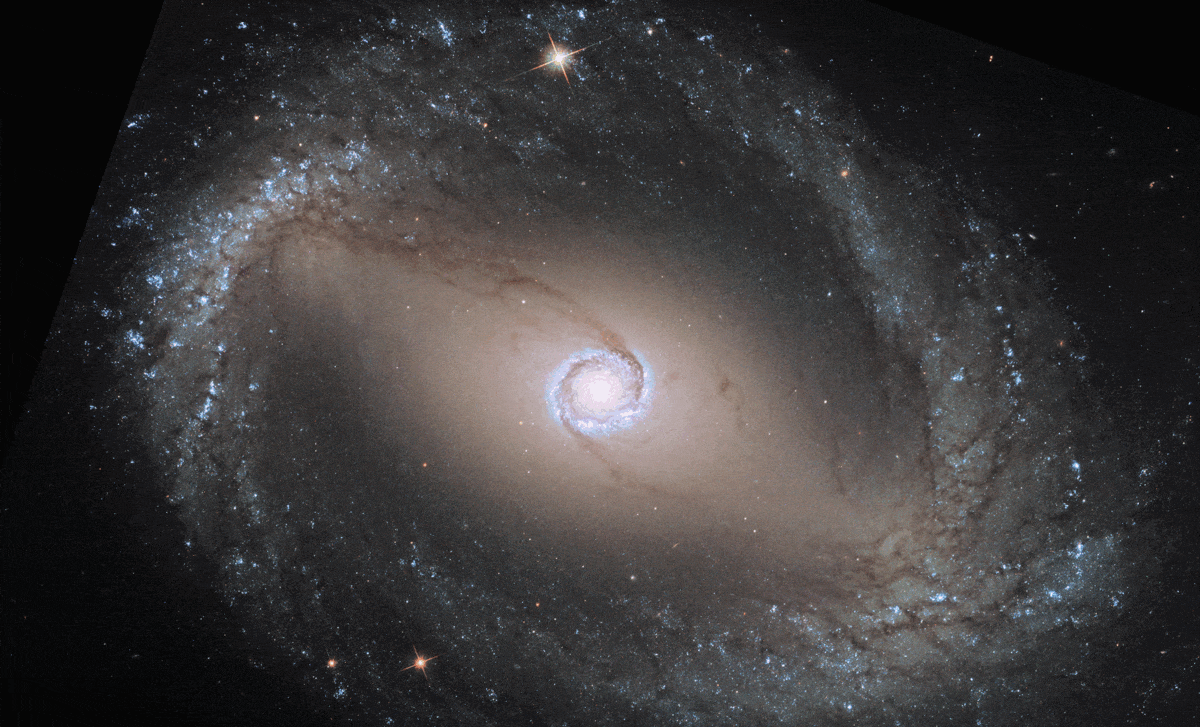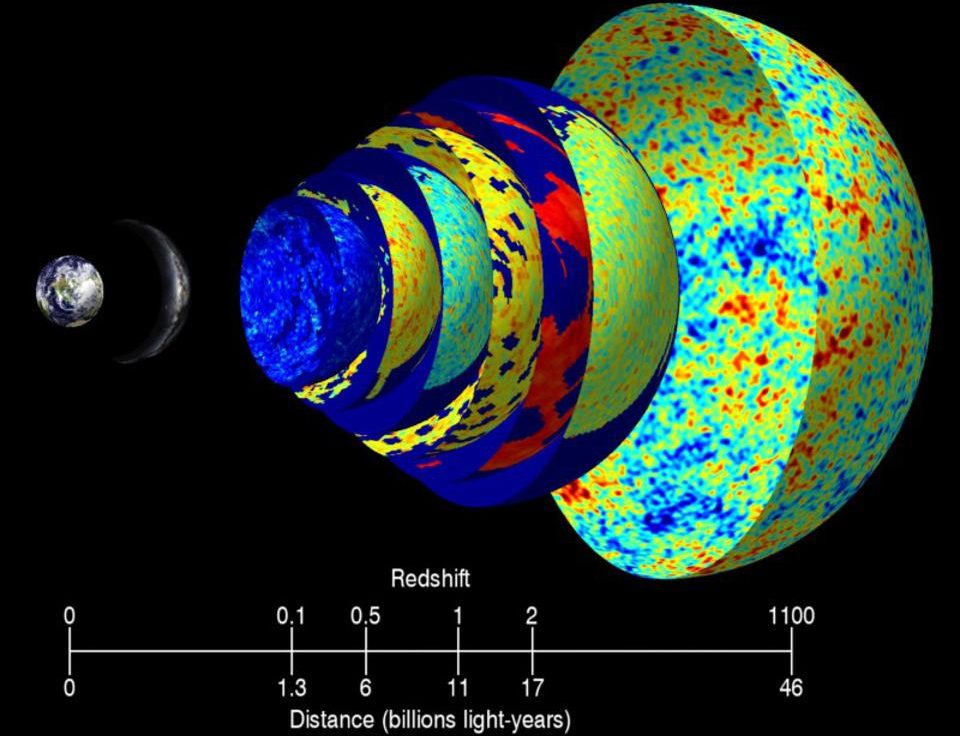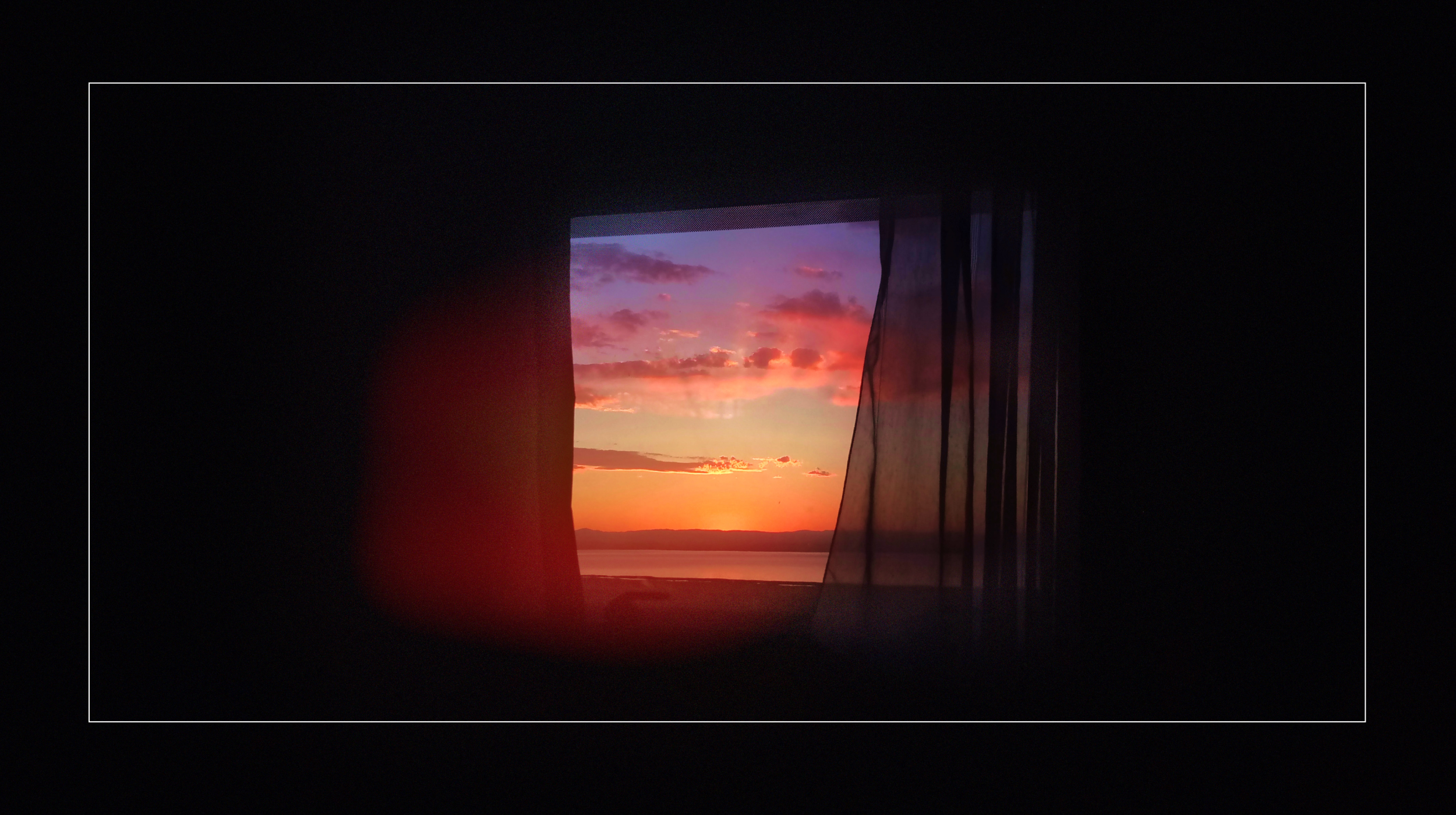Because of dark energy, distant objects speed away from us faster and faster as time goes on. How long before every galaxy is out of reach?
Search Results
You searched for: light
In logic, ‘reductio ad absurdum’ shows how flawed arguments fall apart. Our absurd Universe, however, often defies our intuitive reasoning.
Electromagnetism, both nuclear forces, and even the Higgs force are mediated by known bosons. What about gravity? Does it require gravitons?
The most common visual depictions of the history of the Universe show the Big Bang as a growing tube with an “ignition” point. Why is that?
The Bullet Cluster has, for nearly 20 years, been hailed as an empirical “proof” of dark matter. Can their detractors explain it away?
The last infant stars are finishing their formation inside these pillars of gas. The evaporation of those columns is almost complete.
There’s a quantum limit to how precisely anything can be measured. By squeezing light, LIGO has now surpassed all previous limitations.
The concept of ‘relativistic mass’ has been around almost as long as relativity has. But is it a reasonable way to make sense of things?
The Firefly Sparkle galaxy was only spotted because of gravitational lensing’s effects. Yet galaxies like these brought us a visible cosmos.
Our scientific instruments are constantly improving, revealing nature’s workings as never before. Without them, we’ll remain in the dark.
All matter particles can act as waves, and massless light waves show particle-like behavior. Can gravitational waves also be particle-like?
Is the Universe finite or infinite? Does it go on forever or loop back on itself? Here’s what would happen if you traveled forever.
Some processes, like quantum tunneling, have been shown to occur instantaneously. But the ultimate cosmic speed limit remains unavoidable.
Seven years ago, an outburst in a distant galaxy brightened and faded away. Afterward, a new supermassive black hole jet emerged, but how?
There are limits to where physics makes meaningful predictions: beyond the Planck length, time, or energy. Here’s why we can’t go further.
In 1054, a core-collapse supernova occurred 6500 light-years away. In 2023, JWST imaged the remnant, and might solve a massive mystery.
The last naked-eye Milky Way supernova happened way back in 1604. With today’s detectors, the next one could solve the dark matter mystery.
For some reason, when we talk about the age of stars, galaxies, and the Universe, we use “years” to measure time. Can we do better?
A young, nearby, massive star, whose protoplanetary disk appears perfectly edge-on, was just viewed by JWST, with staggering implications.
Even with just a momentary view of our galaxy right now, the data we collect enables us to reconstruct so much of our past history.
At extremely close distances to their stars, even rocky planets can be completely disintegrated. We’ve just caught our first one in action.
Figuring out the answer involved a prism, a pail of water, and a 50 year effort by the most famous father-son astronomer duo ever.
Historically, astronomers have often named things creatively, bizarrely, and often inaccurately. But which terms are the most egregious?
The most massive early galaxies grew up faster, and have more stars, than astronomers expected, according to JWST. What does it all mean?
Most fundamental constants could be a little larger or smaller, and our Universe would still be similar. But not the mass of the electron.
There are a number of factors to consider when choosing where to build a telescope. These 3 locations, on their merits, surpass all others.
In July of 2022, the first science images from JWST were unveiled. Two years later, it’s changed our view of the Universe.
The surface and atmosphere is colored by ferric oxides. Beneath a very thin layer, mere millimeters deep in places, it’s not red anymore.
In the 20th century, many options abounded as to our cosmic origins. Today, only the Big Bang survives, thanks to this critical evidence.
How the simple act of watching twilight can radically transform our perception of the world and our role within it.
